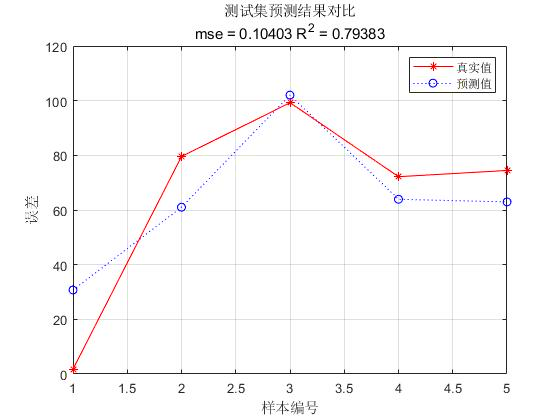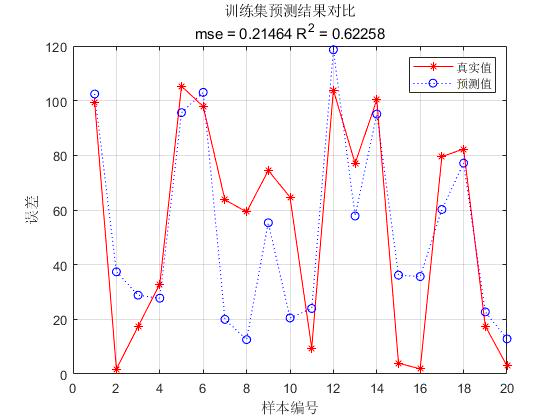电磁成形中铝合金板本构模型参数的智能识别毕业论文
2021-12-06 20:47:27
论文总字数:31151字
摘 要
本文面对的是电磁成形中铝合金板的本构模型构建问题,由于电磁成形是一种高速率成形方法,其材料变形行为不同于准静态变形行为,需要建立高应变速率敏感型本构模型。为了构建适用于高应变速率的C-S本构模型,就必须对本构模型中的关键参数进行识别,本文使用支持向量机算法和遗传算法实现了这一识别过程。
本文首先基于支持向量机算法构建了参数识别中有限元分析代理模型,并利用粒子群算法实现了支持向量机算法参数自动寻优。之后将支持向量机算法构建的代理模型通过适应度函数与遗传算法构建的参数优化模型连接,完成了本构模型的参数识别过程。
本文研究结果如下:
(1)利用支持向量机算法建立有限元代理模型,可以在短时间内获得随机参数值对应的响应值,对比有限元分析过程,极大缩减了参数识别时间。
(2)通过遗传算法与支持向量机算法结合,构建了完整的参数识别模型。
(3)通过将二元函数代入参数识别模型中,获得了二元函数目标参数,验证了参数识别模型的准确度和通用性。
(4)将C-S本构模型样本代入参数识别模型中,实现了本构模型参数识别。
本文结果表明,基于支持向量机算法和遗传算法构建的本构模型参数识别模型,可以快速准确的对C-S本构模型参数进行识别。
关键词:支持向量机;遗传算法;本构模型;参数识别
Abstract
This paper is facing the problem of constructing constitutive models of aluminum alloy plates in electromagnetic forming. Since electromagnetic forming is a high-rate forming method, its material deformation behavior is different from quasi-static deformation behavior, and a high strain rate-sensitive constitutive model needs to be established . In order to construct a C-S constitutive model suitable for high strain rates, it is necessary to identify the key parameters in the constitutive model. This paper uses support vector machine algorithm and genetic algorithm to achieve this identification process.
This paper first builds a finite element analysis proxy model for parameter identification based on the support vector machine algorithm, and uses particle swarm optimization to achieve automatic optimization of the support vector machine algorithm parameters. After that, the proxy model constructed by the support vector machine algorithm is connected to the parameter optimization model constructed by the genetic algorithm through the fitness function, and the parameter identification process of the constitutive model is completed.
The research results of this paper are as follows:
(1) The support vector machine algorithm is used to establish the finite element proxy model, which can obtain the response value corresponding to the random parameter value in a short time. Compared with the finite element analysis process, the parameter recognition time is greatly reduced.
(2) Through the combination of genetic algorithm and support vector machine algorithm, a complete parameter identification model is constructed.
(3) By substituting the binary function into the parameter identification model, the target parameters of the binary function are obtained, which verifies the accuracy and versatility of the parameter identification model.
(4) Substitute the sample of C-S constitutive model into the parameter identification model to realize the parameter identification of the constitutive model.
The results of this paper show that the parameter recognition model of the constitutive model based on the support vector machine algorithm and the genetic algorithm can quickly and accurately identify the parameters of the C-S constitutive model.
Key words: support vector machine; genetic algorithm; constitutive model; parameter identification
目录
第1章 绪论 1
1.1 背景和研究意义 1
1.2 研究现状 1
1.3 课题研究内容 2
第2章 基于支持向量机算法的代理模型构建 3
2.1 机器学习与支持向量机理论 3
2.1.1 机器学习理论 3
2.1.2 支持向量机算法理论 3
2.2 核函数类型及参数选择 4
2.2.1 核函数类型选择 4
2.2.2 参数选择 6
2.3 代理模型的构建 8
2.4 代理模型的验证 10
2.4.1 单极值二元函数验证 10
2.4.2 多极值二元函数验证 13
2.5 本章小结 15
第3章 基于遗传算法的参数优化方法构建 16
3.1 参数识别方法 16
3.2 遗传算法原理 17
3.3 遗传算法基本操作及参数选择 18
3.3.1 遗传算法基本操作 18
3.3.2 遗传算法运行参数选择 20
3.4 参数优化方法的构建 21
3.5 参数优化方法的验证 22
3.5.1 单极值二元函数验证 22
3.5.2 多极值二元函数验证 24
3.6 本章小结 25
第4章 C-S本构模型的参数识别 27
4.1 C-S本构模型样本点的获取 27
4.2 本构模型的参数识别流程 28
4.3 本章小结 31
第5章 总结 32
5.1 结论 32
5.2 展望 32
参考文献 34
附录 36
致谢 43
绪论
背景和研究意义
随着人们对汽车尾气排放问题的日益重视,车身材料轻量化作为减少尾气排放的主要方式,已经逐步成为研究热点[1],。铝合金材料由于密度低同时强度大的性质在航空、汽车领域具有广阔的应用场景[2],可以实现材料的轻量化达到节约能源及减少污染等目的[3]。
由于铝合金材料成形性较差,传统冲压方法加工铝合金板材效果并不理想,容易发生起皱等成形缺陷。电磁成形是一种洛伦兹力作用下使金属材料快速变形的高速成形方法。 它可以显着提高材料的成形极限,有效减少零件的回弹,并抑制材料起皱,提高铝合金材料的成型性能[4]。
电磁成形过程中铝合金的应变速率可以达到103s-1,其材料变形行为不同于准静态变形行为[5],铝合金会出现应变强化效应,流动应力明显增加[6],因此需要建立高应变速率敏感型本构模型,比如C-S本构模型[7]。
由于构建C-S本构模型必须对获取本构模型中应变率硬化项参数,所以必须对相关参数进行识别。所以本文利用支持向量机算法及遗传算法等智能算法,对铝合金板应变率硬化项参数进行自动识别。进而构建准确的电磁成形中铝合金板本构模型,对于铝合金材料变形过程分析有着十分重要的作用。
研究现状
近几十年来,铝合金在高应变速率条件下的本构模型的建立得到飞速发展。对于铝合金高应变速率条件下塑性流动行为的描述,选择合理的本构模型,建立高效准确的本构模型参数识别方法,合理地引入了实验数据进行识别等,已经成为研究人员重要考虑的因素。
国外对于本构模型参数识别研究起步较早,美国的Malas J等[8]对2024铝合金材料进行了单轴拉伸实验,进而建立了材料的Arrhenius本构模型。波兰的Michał GRĄZKA等[9]对硬铝AW6063-T55测得在不同应变速率下的应力应变曲线,采用MATLAB中的近似算法获得J-C本构模型参数。再利用Taylor冲击试验得到样品冲击后的直径和长度等数据,结合有限元法和ANSYS Autodyna软件,逆向识别得到本构模型参数。日本的Ismael Henchi等[10]采用电磁胀环试验中速度随时间变化曲线作为参照数据,获得高应变速率和高温下的金属J-C本构模型参数,实现了本构模型的逆向识别。
国内对于材料本构模型的参数识别研究虽然起步较晚,但也取得了不少成果,南京航空航天大学的曲杰[11]在设计参数识别方法时考虑了动态再结晶过程,与全局只能优化算法结合,设计了一种粘塑性本构模型参数识别方法,可用于预测热锻过程中微观组织演化过程。清华大学的高军[12]通过程序调用接口将遗传算法与有限元分析软件结合,建立了无铅焊料的本构模型。华南理工大学的徐小琴[13]考虑了约束对于局部和全局的影响,通过灵敏度分析提出了一套参数识别方法。
课题研究内容
请支付后下载全文,论文总字数:31151字
相关图片展示:









